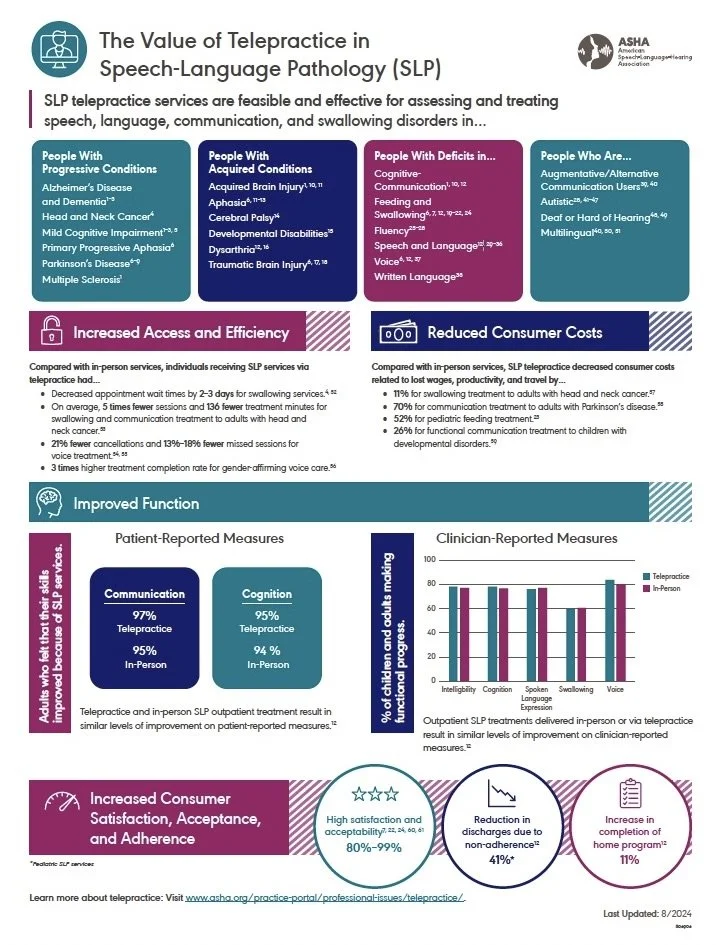As a speech-language pathology (SLP) agency, we’re always looking for ways to improve how we serve our clients — whether they’re young children developing their first words, adults recovering from brain injuries, or families navigating complex conditions like autism or Parkinson’s disease. One tool that’s transforming our field is telepractice— and research shows it’s here to stay.
What Is Telepractice?
Telepractice means delivering speech-language therapy services through secure video conferencing instead of only in a clinic or school. It grew rapidly during the COVID-19 pandemic but has continued to expand because it works — and sometimes even works better than traditional care alone.
How Effective Is Telepractice?
A growing body of research shows that telepractice and in-person therapy lead to similar improvements for most clients. For example, patient-reported and clinician-reported outcomes for communication, swallowing, and cognitive-communication treatment are nearly identical whether delivered online or face-to-face (American Speech-Language-Hearing Association, 2023).
One study found that children and adults receiving SLP services via telepractice report high satisfaction — with 97% of clients making functional progress in communication and 95% in cognition, nearly matching in-person results (ASHA, 2023).
Who Can Benefit?
Telepractice is proven effective for a wide range of conditions:
Developmental conditions: Autism, cerebral palsy, developmental language disorders
Progressive conditions: Alzheimer’s disease, dementia, Parkinson’s disease, primary progressive aphasia
Acquired conditions: Brain injuries, stroke, dysarthria, head and neck cancer
Feeding and swallowing: Pediatric feeding disorders and swallowing therapy for adults
References: Cacciante et al., 2022; Burns et al., 2017; Weidner & Lowman, 2020
Benefits Beyond Effectiveness
Telepractice does more than match traditional care — it removes barriers for families:
Reduced wait times: Up to 2–3 days faster for swallowing services (Burns et al., 2017).
Better adherence: 41% fewer therapy discharges due to non-adherence (ASHA, 2023).
Lower costs: Families save on travel, missed work, and childcare — up to 70% lower for communication treatment for adults with Parkinson’s disease (Saiyed et al., 2022).
A better Future for SLP Access
Telepractice gives families flexibility, saves time, and expands access to quality care — especially for rural communities or clients with limited mobility. At our agency, we’re proud to offer both in-person and secure telepractice options because we know how you get care shouldn’t limit whether you get better.
Want to Learn More?
If you’re curious about whether telepractice might be right for you or your child, reach out to us today — or explore more at ASHA’s Telepractice Practice Portal.
References
American Speech-Language-Hearing Association. (2023). National Outcomes Measurement System (NOMS). www.asha.org/NOMS
Burns, C. L., et al. (2017). Head & Neck, 39(5), 932–939. https://doi.org/10.1002/hed.24706
Saiyed, M., et al. (2022). Journal of Telemedicine and Telecare, 28(7), 524–529. https://doi.org/10.1177/1357633X20948302

